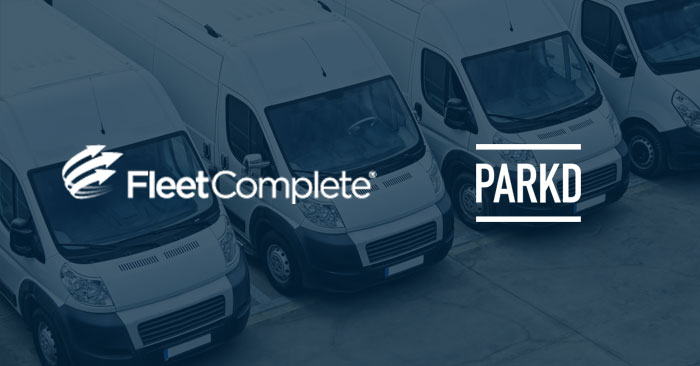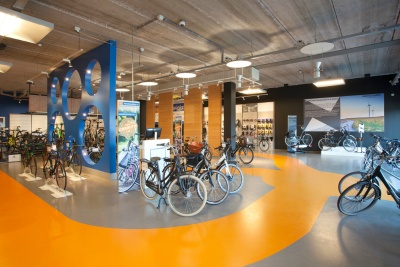Strategic initiatives like fleet electrification are becoming key to corporate sustainability programs, which are critical to meeting the expectations of interest groups like customers, partners, investors, and other parties. The goals set by the EU make companies think about greener technologies as a new way of working. Also, stakeholders and partners often look for evidence if the companies and institutions they work with are living up to the carbon reduction plan.
The law adopted by the EU at the beginning of the year to ban the sale of new vehicles with internal combustion engines by 2035 means an inevitable transition to electric vehicles.
European Environment Agency states that GHG (Greenhouse Gas) emissions of electric vehicles were about 17-30% lower than the emissions of petrol and diesel cars.
The number of electric vehicles is growing in Europe, every year. For example, electric car registrations for 2021 made up 17.8 % in the share of total new car registrations.
Telia and Estonian Energy as an example of fleet usage and electrification
In Estonian Energy, almost 8% of the entire fleet is currently electric (33 electric vehicles). The goal is to increase the share of electric cars to at least 20% by 2024. The set goal will probably be exceeded. Mango Oras, head of Estonian Energy transport management department, says that the EU’s decision to ban the sale of vehicles with internal combustion engines by 2035 does not affect them too much because the company’s internal ambitions are greater. “We hope that the law announced by the EU will influence the market so much that electric vehicles designed for difficult road conditions will reach the European market, then we will be able to switch our entire car fleet to electricity faster,” commented Oras.
Telia‘s fleet currently has 28 electric vehicles (20% of the fleet) and 11 of them are shared. All company cars can also be used by employees for personal trips. The goal is to eliminate the need to have a separate personal car. Fleet Complete Carsharing app is used to book those shared cars. “Carsharing application makes it easy for a large number of users to manage a shared car fleet, because in addition to a convenient booking system, we also have a complete overview of the fleet’s occupancy. In addition, Fleet Complete logbook that is connected to Carsharing provides the opportunity to mark all the trips made as private and business trips, and according to the corresponding labeling, the distribution of costs between the employer and the employee. The price per kilometer of private journeys is deducted from the employees’ next month salary using automatic entries,” said Mari-Liis Männisalu, administrative manager of Telia Estonia.
When booking electric vehicles, employees can also see the vehicle’s battery level in the application to plan their journey and charging time accordingly.
Fleet electrification is also an essential part of corporate sustainability programs, increasingly important for attracting employment candidates and increasing the engagement and productivity of existing employees.
In Estonian Energy experience, the reason why an electric car is not the first choice for some employees is generally the fear of the battery running out. However, everyone who has driven an electric vehicle has shared very positive feedback. “The main advantage is that the car is extremely quiet. In addition, electric cars have automatic transmission, very good additional equipment, and acceleration. Using bus lanes when driving an electric car in Tallinn also gives a great advantage and time savings,” said Oras.
Estonian Energy also encourages its employees to purchase electric cars for personal use. To motivate this, free parking and charging facilities are available on the office grounds free of charge.
When switching to an electric fleet, it is worth monitoring and comparing the cost per kilometer of different vehicles to understand which vehicles to use in which situations to achieve the best efficiency. For electric cars with a higher mileage, the price per kilometer can be many times cheaper compared to vehicles with an internal combustion engine. “Taking into account all costs related to the vehicle, according to last year’s data, the break-even point of the electric car was at 22,000 kilometers of annual mileage. Due to strong growth of renewable energy production and smart use of charging times, the cost of charging will become even more affordable, and the break-even point will definitely be reached faster in the future,” said the representative of Estonian Energy.
Fleet management software provides a comprehensive platform to monitor and analyze fleet performance, including carbon emissions, sustainability programs, and insights for future improvements. With it, businesses can prepare for electric vehicle adoption and optimize their charging infrastructure, range, and payload management.
The future is electric – are you ready for the transmission?
Used sources:
European Environment Agency https://www.eea.europa.eu/en
European Parliament News https://www.europarl.europa.eu/news/en/headlines/economy/20221019STO44572/eu-ban-on-sale-of-new-petrol-and-diesel-cars-from-2035-explained






























































